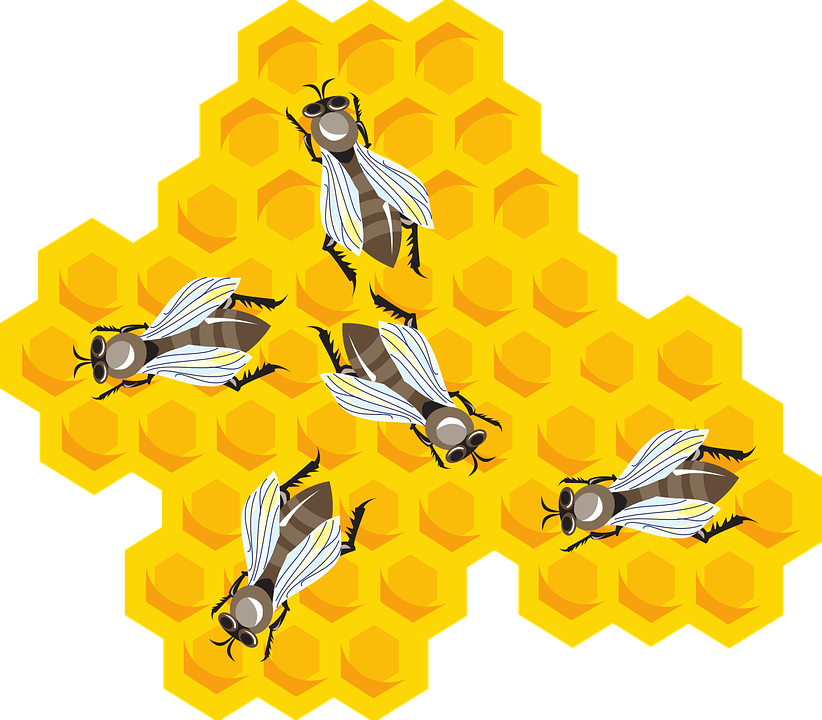Waxes are some natural products similar to fixed oils and fats in their physical characters. But they usually occur as solid substances. They may also occur as liquids. Like the fixed oils and fats they are also obtained from plant and animal sources. Chemically, waxes are completely different from the fixed oils and fats. They consist of mixtures of esters of higher fatty acids and monohydric alcohols of high molecular weight. They never contain esters of glycerol and fatty acids as do the fixed oils and fats.
Outer cell walls of epidermal tissues of plant organs, particularly those of fruits and leaves, and some insect secretions contain waxes. Examples of insect waxes include Beeswax and Lac wax.
BEESWAX
Synonyms:
Cera Flaba. Cera Alba. Yellow Wax, White Wax
Biological source:
Beeswax is the purified wax obtained from the honeycomb of the honeybee. Apis mellifica Linn and other species of Apis. They belong to the insect family Apidae.

Geographical source:
Beeswax is produced and exported from East and West African countries. Chile, Morocco, Egypt, Syria, India, Jamaica, California France and Italy.
Macroscopical and microscopical characters:
Beeswax occurs as a brittle solid when cold, but becomes plastic on warming, and breaks with a granular fracture surface. It is yellowish brown in colour and possesses an agreeable, honey-like odour. The specific gravity of Beeswax varies from 0. 958 to 0. 970. It is insoluble in water, sparingly soluble in alcohol, soluble in warm ether chloroform, fixed and volatile oils. It melts at 62 to 64°C.
Chemical constituents:
Beeswax consists of about 80 percent of melissyl palmitate, about 15 percent of free cerotic acid and small quantities of an aromatic substance, cerolein.
Adulterants:
Beeswax is frequently adulterated with solid paraffin, various fats and waxes, resin and stearic acid.
Uses:
Beeswax is used as a Pharmaceutic necessity in Yellow ointment and as a base for cerates and plasters.

hello, i really appreciate the information i got hear.